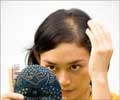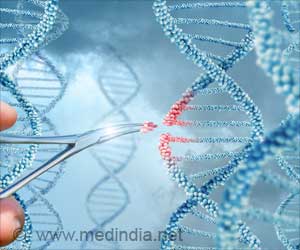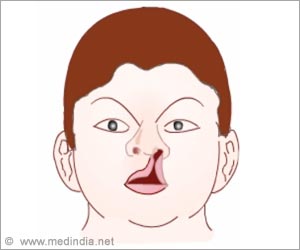A young scientist has used stem cells from hair follicles to treat eye surface disease has been named the winner of the Young Investigator Award by the journal Stem Cells.

Currently, treatments focus on harvesting limbal cells from a patient's healthy eye or from cadaveric tissue. In her pioneering research, Dr. Meyer-Blazejewska considered the potential use of stem cells harvested from hair follicles to reconstruct damaged tissue for patients who suffer from LSCD in both eyes.
"Tissue engineering has become a rapidly growing field of research and it is expected to reveal the potential for the application of adult stem cells in clinical practice," said Dr. Meyer-Blazejewska. "I hope the results in our paper will be instrumental for the advancement of research in the areas of stem cell niche, stemness and differentiation, which will aid in the treatment of LSCD as well as other ocular and non-ocular diseases."
Dr. Meyer-Blazejewska's team demonstrated that in the right microenvironment stem cells from hair follicles do have the capacity for cellular differentiation, the process whereby a less specialized cell becomes a more specialized cell type, in this case the cells of the corneal epithelial phenotype.
The team's results showed an 80% rate of differentiation in mouse eyes following a cell transplant highlighting the promising therapeutic potential of these cells.
"Young scientists are vital for advancing stem cell science, providing exciting and essential new insights, and propelling the field of regenerative medicine with new discoveries that impact many kinds of malignant or degenerative disorders," said Dr. Miodrag Stojković, Editor, Stem Cells. "As demonstrated in this year's Young Investigator Award-winning paper, which focuses on the use of stem cells harvested from hair follicles to reconstruct damaged tissue for patients who suffer from LSCD, these promising new scientists are the life-force for stem cell research."
Advertisement















